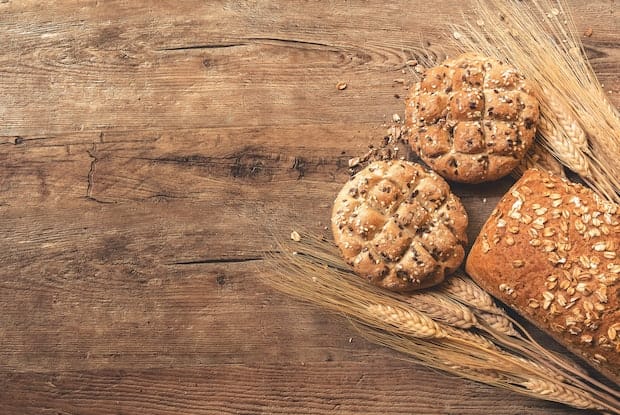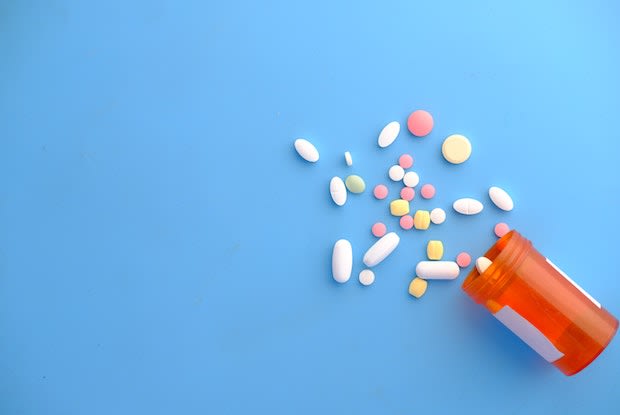Table of Contents
Overview
Diabetes is a very common medical condition that can be split into two categories: Type 1 diabetes and type 2 diabetes. Type 2 diabetes is far more common and over 90 percent of people diagnosed with diabetes have type 2. However, type 1 diabetes still affects around 1.25 million people in the United States. [1]
a. What is Type 1 Diabetes?
Type 1 diabetes was previously known as juvenile diabetes or insulin-dependent diabetes. While it can affect anybody, it usually develops during childhood or adolescence. [2] The disease occurs when the body’s pancreas does not produce any insulin and is, therefore, unable to control glucose levels in the blood.
b. What is Type 2 Diabetes?
Type 1 diabetes occurs when the body does not produce enough insulin. For type 2 diabetes, the body produces insulin. However, patients are unable to use this insulin effectively.
Keep reading to learn more about the symptoms and causes of diabetes, and common medical treatments such as insulin, metformin (Glucophage), and sitagliptin (Januvia).
What Causes Diabetes?
It is important to understand the role of glucose and insulin in the body before learning about the causes of type 1 and type 2 diabetes.
Glucose is a type of sugar that is found in a person’s bloodstream. Glucose (also known as ‘blood sugar’) is produced by the liver and is found in many foods and drinks. Glucose is commonly found in carbohydrates such as bread and potatoes, as well as fruits, vegetables, and dairy products. The body uses glucose for energy and it is a key source of ‘fuel’ for your brain. [3] If your blood sugar level is not controlled, then you could suffer from severe issues including comas, blindness, or heart disease. Insulin is the hormone that converts glucose into energy. The pancreas produces natural insulin, which is then released when glucose levels rise after eating. As well as controlling the body’s levels of glucose, insulin is also important in the process of storing glucose in muscle and fat cells. Type 1 diabetes is a condition that occurs when a person’s pancreas does not produce enough insulin. This disease happens when the insulin-producing cells inside of the pancreas are attacked and destroyed by the body’s immune system. The normal function of the immune system is to protect the body from foreign substances, such as bacteria and viruses. Without enough insulin, glucose builds up in the bloodstream because it is not being transported into the necessary cells. [4] Researchers do not know what causes the immune system to attack these cells and therefore cause type 1 diabetes. However, it is believed to be a combination of genetic and environmental factors. Type 2 diabetes is also thought to be a result of genetic and environmental factors. Type 2 diabetes occurs when the cells in the body become resistant to insulin. The body responds to this by creating more insulin, eventually leading, once again, to a build-up of glucose in the bloodstream. There are several risk factors for type 2 diabetes. The most common risk factor for this form of diabetes is being overweight or obese, but certain medications can also increase your risk of developing the condition. There are several different symptoms of diabetes. For type 1 diabetes, it may take several months or even years for enough cells in the pancreas to be destroyed in order for symptoms to begin. However, once symptoms do appear, they can develop, worsen, and become severe in a matter of weeks or months. [5] For type 2 diabetes, symptoms usually develop slowly over a longer period of time. This may make it easier to miss. If you notice any symptoms, then speak to your doctor immediately so that your blood sugar levels can be tested. Common symptoms of both types of diabetes include: The medication that will be prescribed depends on which type of diabetes you have. Type 1 diabetes patients do not produce enough insulin. The most important part of treating type 1 is taking insulin. Insulin is not effective when taken orally because it is broken down by stomach enzymes. Therefore, insulin is administered either by an injection or an insulin pump. [6] There are several medications that can be used to treat type 2 diabetes. These medications are used to control blood sugar by either reducing the amount of glucose produced, making your body use insulin more effectively, or helping your kidneys to filter out glucose. Common type 2 medications include metformin (Glucophage) and sitagliptin (Januvia). Making lifestyle changes can also help improve your condition. For both types of diabetes, it is important to eat a nutritious diet. Regular aerobic exercise is also important. However, it is important to remember that exercise lowers blood sugar levels and you may need to adjust your diet or insulin levels when exercising. The content in this article is intended for informational purposes only. This website does not provide medical advice. In all circumstances, you should always seek the advice of your physician and/or other qualified health professionals(s) for drug, medical condition, or treatment advice. The content provided on this website is not a substitute for professional medical advice, diagnosis, or treatment.
a. What is Glucose?
b. What is Insulin?
c. How does Diabetes Occur?

Symptoms of Diabetes

Diabetes Treatments
a. Medications
b. Lifestyle Changes
